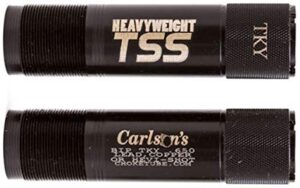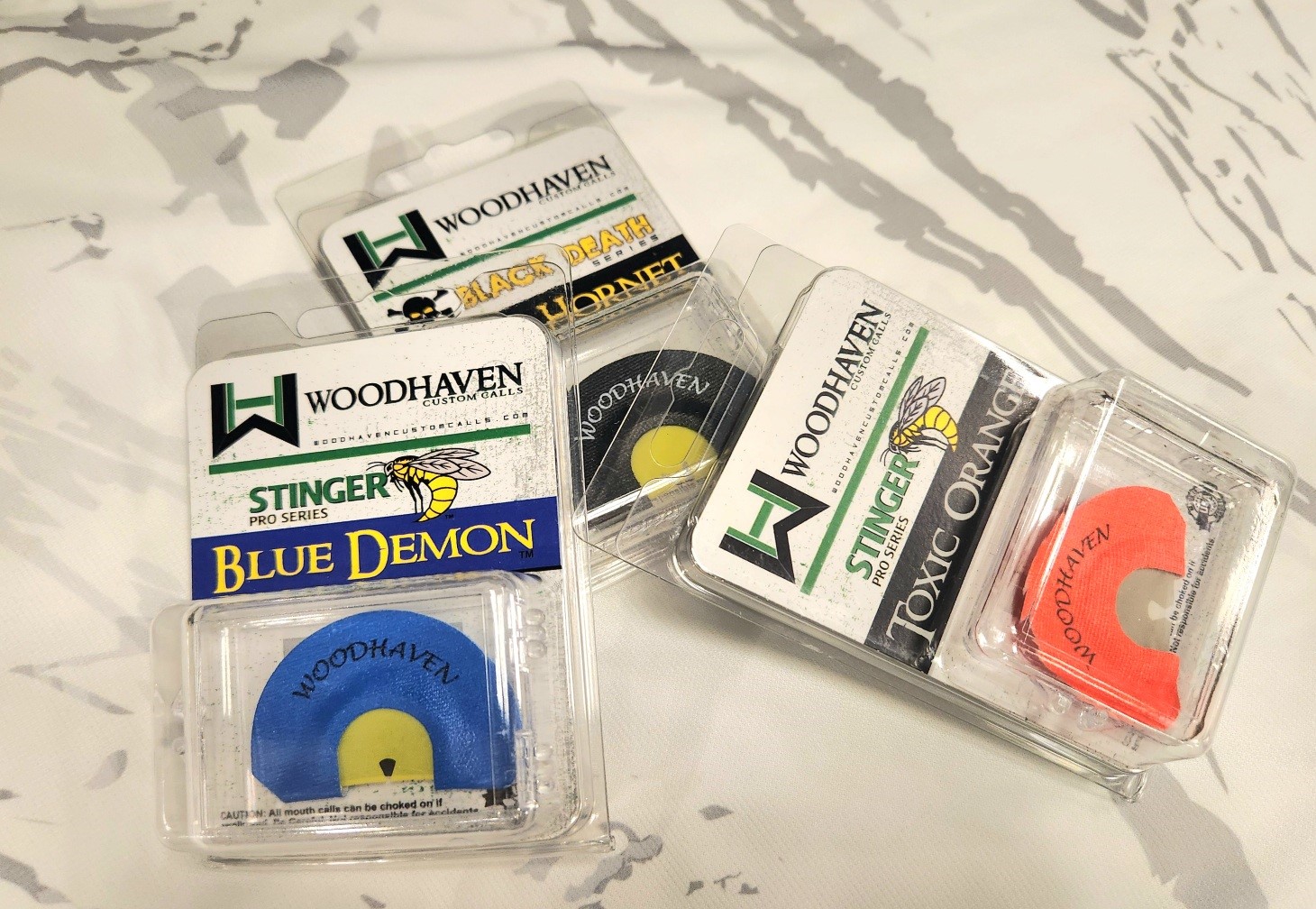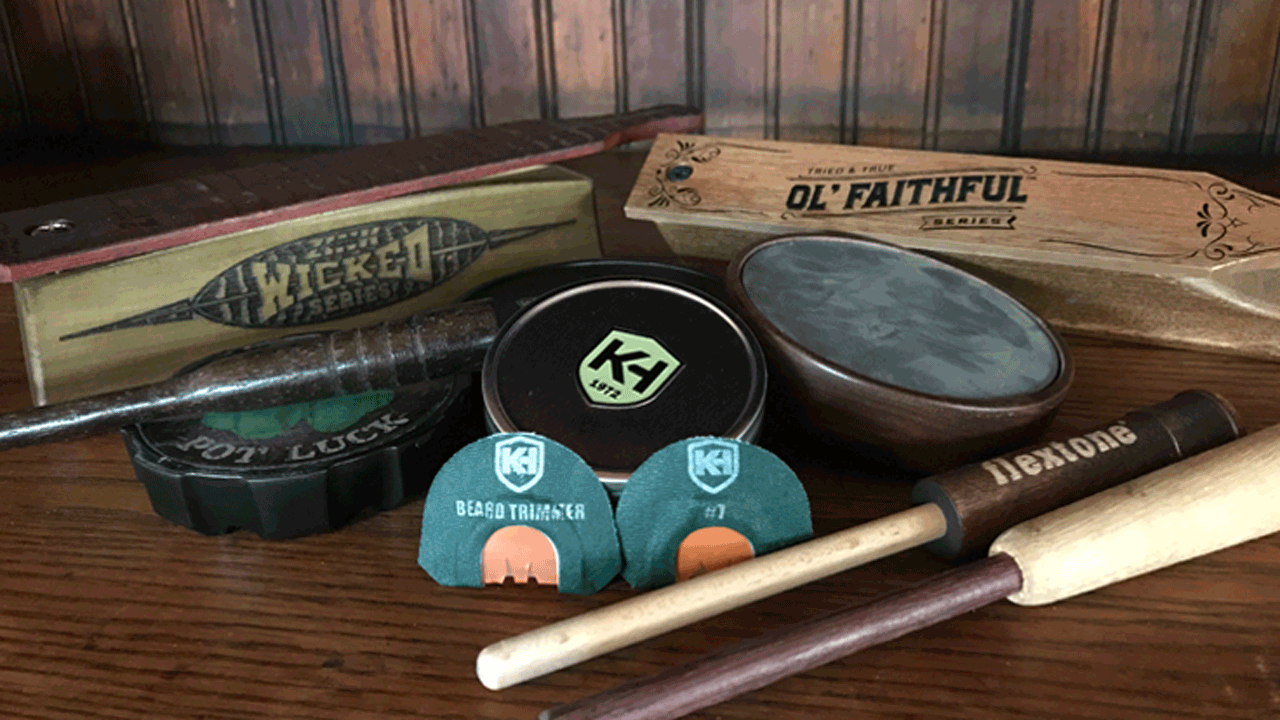
Today let’s talk about turkey chokes and patterning your turkey gun. When it comes to turkey hunting, using the right choke can make all the difference in a successful hunt. A turkey choke is a specialized type of choke that is designed specifically for turkey hunting. By using a turkey choke, hunters can more accurately control the spread of their shot and improve their chances of a successful shot on a turkey.
In addition to using a turkey choke, patterning your turkey gun is also crucial. Patterning is the process of testing your shotgun and choke to see how they perform with different loads and shot sizes. By patterning your shotgun, you can determine which type of choke and load works best for you and your hunting conditions. This information can then be used to improve your accuracy and increase your chances of a successful hunt.
Types of Turkey Chokes
In turkey hunting, choosing the right choke is crucial in ensuring the accuracy and success of your shot. There are various types of turkey chokes available, each with different levels of constriction. The level of constriction determines the spread of the shot, with tighter constrictions providing a more focused shot and looser constrictions giving a wider spread. There are also various material options for chokes, including steel, aluminum, and titanium. Popular brands of turkey chokes include Winchester, Remington, and Carlson’s, to name a few. Each brand offers a range of options, from extended chokes to those specifically designed for turkey hunting, so it is important to research and choose the best option for your specific hunting needs.
Patterning Your Turkey Gun
We’ll be diving into the crucial aspect of turkey hunting: patterning your turkey gun. Patterning is the process of testing your shotgun’s performance at various distances to determine the spread and density of shot. This is crucial from a distance in turkey hunting as turkeys have excellent vision and can quickly identify anything out of place. So a perfect pattern is a must!
A properly patterned shotgun can help increase the chances of a successful hunt by ensuring that the shot will hit the bird where it counts. Patterning helps hunters determine the effective range of their gun, ensuring that they are shooting at the right distance and hitting the bird in the right spot. Usually at the head to limit waste to the meat.
To pattern your gun, you’ll need to shoot at a target from various distances, usually ranging from 20-40 yards. This allows you to see how your shots are spreading and how dense the pattern is. Based on the results, you can then adjust your choke or ammunition to get the desired pattern.
It’s recommended to pattern your gun at the longest distance you expect to take a shot, usually around 40 yards. This ensures that your gun is capable of reaching out and hitting a bird if needed.
Patterning your turkey gun is an essential step in preparing for a successful turkey hunt. By testing your shotgun’s performance, you can increase your chances of a successful hunt and make sure that your shots are hitting the bird where it counts.
Choosing the Right Turkey Choke
Choosing the right turkey choke is important as it affects the pattern of your shots. Some of the factors to consider when choosing a choke are the type of ammunition you will use, the distance of your shot, and the type of hunting you will be doing.
Recommended chokes for different hunting situations
Different hunting situations require different types of chokes. For example, if you are hunting in an open field, a tighter constricted choke may be more effective as it allows for longer shots. On the other hand, if you are hunting in dense cover, a more open choke may be necessary to provide a wider spread.
Test different chokes and loads to find the best fit
The best way to find the right choke for your hunting situation is to test different chokes and loads. This can be done at a shooting range or in a controlled environment. This way, you can see how each choke performs with your specific gun and ammunition, and choose the one that provides the best pattern for your hunting needs.
Maintaining Your Choke
It is important to regularly clean and maintain your turkey choke to ensure that it functions properly and lasts for many hunting seasons. A dirty choke can affect the performance and accuracy of your gun. To clean your choke, use a soft cloth or brush to remove any dirt, debris or powder residue. Make sure to lubricate the choke threads and O-ring to prevent rust and corrosion.
Storing your choke
When not in use, it is recommended to store your choke in a safe, dry place away from moisture and extreme temperature changes. This will help to prevent rust, corrosion, and damage to the choke. Consider storing your choke in a protective case or a designated area in your gun safe.
Replacing a worn choke
If your choke has become worn, or damaged, it is important to replace it. A worn choke can affect the performance and accuracy of your gun, making it difficult to harvest a turkey. Regular inspections of your choke and replacing it when necessary is an important part of maintaining your hunting equipment and ensuring success in the field.
In conclusion, turkey hunting is a unique experience and choosing the right choke and patterning of your gun is a crucial part of being successful. It is important to understand the various types of turkey chokes, their constriction levels, and material options available. Patterning your gun is equally important, as it helps you understand the spread of your shot and choose the right choke. Factors such as hunting distance and hunting style should be considered when choosing the right choke, and it is recommended to test different chokes and loads to find the best fit. Regular cleaning, maintenance, and proper storage will ensure the longevity of your choke and continued success in your turkey hunting adventures. In summary, mastering the art of turkey chokes and patterning will lead to successful and enjoyable turkey hunting experiences.
FAQ
What is a turkey choke and why is it important for hunting?
A turkey choke is a device that attaches to the end of a shotgun barrel by screwing in and is used to control the spread of shot, making it more effective for turkey hunting.
What are the different types of turkey chokes and which one is best?
There are several types of turkey chokes, including improved cylinder, modified, improved modified, and extra full. The best choke for turkey hunting depends on individual preferences and hunting conditions.
How do I pattern my turkey gun to determine the best choke and load?
To pattern your gun, you’ll need to shoot at a target from various distances, usually ranging from 20-40 yards. This allows you to see how your shots are spreading and how dense the pattern is.
Can I use a choke from another brand or gun on my turkey shotgun?
In most cases, no. Chokes are specific to each brand and gauge of shotgun, so it’s important to choose a choke that is compatible with your shotgun.
How do I maintain and clean my turkey choke to ensure it stays in good condition?
Regular cleaning and maintenance, such as removing debris and oiling moving parts, can help extend the life of your turkey choke. Additionally, it’s important to store your choke in a dry, protected place to prevent corrosion.



